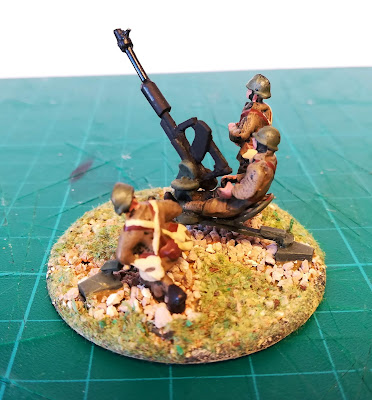Mistubishi G4 M ('Betty' for the allies) was the main bomber of the Japanese Navy (IJN) during the war. This model is Hasegawa and not very easy to store due to size.
The Kawasaki KI-48 ('Lily') was one of the main light bombers of the IJA. This model is again Hasegawa.
The Nakajima B5N2 ('Kate') was, alongside the Val, the most important Carrier based Japanese fast bomber and torpedo launcher. Model from Fujimi . Matsuo Fushida, commander of the Pearl Harbor attack, used one of these on that day.
Aichi D3A ('Val') was the main carrier-borne plane and was credited (not counting Pearl Harbor and other actions were they operated with other types of planes) for sinking 16 big allied vessels from Destroyers to Aircraft Carriers during the war. This one is an Hasegawa model.
An Aichi E13A ('Jake') was the most important Reconnaissance aircraft of the IJN. Hasegawa model.
The Mitsubishi KI-46 Type 100 ('Dinah') was a reconnaissance, and later a high-altitude interceptor, aircraft of the IJA. Airfix model.
The most famous Japanese fighter aircraft of the war, the Mitsubishi A6M ('Zeke' but mostly known as the 'Zero'). All models are Airfix, with both the grey-white IJN camouflage or the atypical green camouflage.
The Mitsubishi J2M ('Jack') was a late war fighter designed by Jiro Horikishi, the same designer of the Zero. The idea was for it to become the opponent of the B-29 and other high-altitude Allied bombers. It also became famous as it participated in the last dog-fight of the war in which the Japanese lost 2 Jacks and two Zeroes but shot down 4 USN Hellcats. The one to the left is Hasegawa and the other is Altaya.
The Kawasaki Ki-61 Hien ('Tony') was a good Japanese fighter that became famous for ramming B-29's later in the war. Both are Revell.
The Nakajima Ki-84 ('Frank') is considered the best WWII Japanese fighter built in large numbers. Revell model.
Kept to the end is the Yokosuka MXY-7 Okha ('Baka'- fool or idiot for the Americans) rocket-powered Kamikaze attack aircraft that generally was released from Betty bombers The model comes along the Hasegawa Betty and that's why I built it.
I still have some 20+ Pacific war aircraft to build, both US and Japanese, and that includes a B-29 and a Kawanishi H8K 'Emily' which will cause some storage problems. In my plans are also two aircraft carriers, one USN and another for the IJN but that will cause even more storage problems.
Next: wether the USN for the Pacific, or a Cossack WW2 regiment I'm finishing, or a few more Blitzkrieg Germans that are also almost finished.

















































